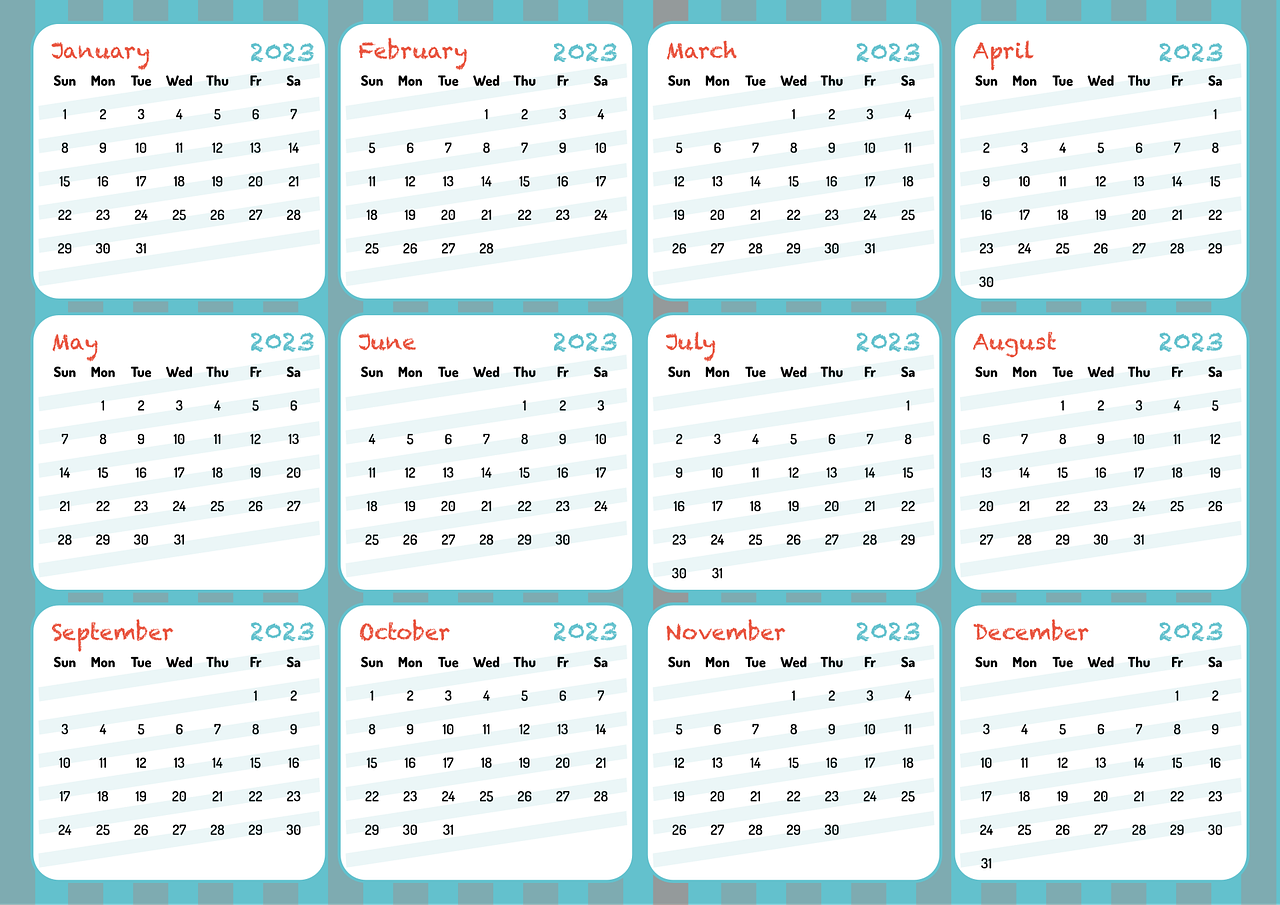Can you live off the interest of $1 million dollars? This is a question that sparks curiosity and imaginations alike, as many people aspire to achieve financial security in their lifetimes, ideally reaching a point where their money works for them rather than the other way around. In this guide, we’ll explore whether it’s feasible to subsist solely on the income generated by a million-dollar nest egg. Let’s take a friendly stroll through financial landscapes to understand if this goal is as attainable as it sounds.
Understanding the Concept: Living Off Interest
What Does it Mean to Live Off the Interest?
Living off the interest of $1 million involves using the returns generated by investments to cover your living expenses without depleting your initial sum. Essentially, your savings become a reliable source of income, ideally preserving the principal amount while providing financial sustenance.
How Interest Works
Interest can be thought of as the cost of borrowing money or the reward for lending it. When your money is placed in investments or savings accounts, it can earn interest. The interest can be simple or compound. Simple interest is calculated only on the principal, while compound interest is calculated on the principal and the accumulated interest, leading to potentially greater earnings over time.
Importance of Interest Rate
The interest rate plays a vital role in determining how much you can earn from a $1 million investment. Even a small percentage difference can significantly impact your financial security.
Types of Investments for Living Off Interest
High-Interest Savings Accounts and CDs
Savings Accounts: Generally viewed as low-risk, these accounts provide modest interest rates. They are reliable for preserving capital but might not offer the highest returns.
Certificates of Deposit (CDs): These offer higher interest rates compared to savings accounts, especially if you’re willing to lock in your money for a specific duration. They are also low-risk but provide lower liquidity.
Bonds and Fixed Income Securities
Government Bonds: Often considered stable, these are loans you give to the government in exchange for periodic interest payments. They are less risky but usually provide modest returns.
Corporate Bonds: Issued by companies, these tend to offer higher interest rates than government bonds but come with increased risk depending on the company’s financial health.
Dividend Stocks
Stocks that pay dividends can be an appealing option. They offer the dual benefit of income from dividends and potential capital appreciation. However, they have higher risk levels and require careful selection and monitoring.
Real Estate Investments
Investing in property can generate income either through rent payments or property value appreciation. Real estate can offer higher returns, but it requires significant management and incurs various costs such as maintenance and taxes.
Annuities
Annuities are financial products sold by insurance companies that provide steady income streams, often secured for a lifetime. They offer peace of mind but require a substantial initial investment and can have complex terms.

This image is property of pixabay.com.
Calculating Potential Income from $1 Million
Interest Income Scenarios
Here’s a simplified table that shows potential annual income from $1 million at varying interest rates:
| Interest Rate | Annual Income |
|---|---|
| 2% | $20,000 |
| 3% | $30,000 |
| 4% | $40,000 |
| 5% | $50,000 |
| 6% | $60,000 |
| 7% | $70,000 |
Budgeting Your Expenses
Living off your investment income requires a diligent budgeting strategy. Your annual income will dictate your lifestyle choices. In higher interest rate scenarios, you might afford more luxuries, whereas lower rates might necessitate stricter budgeting.
Factors Influencing Your Ability to Live Off Interest
Inflation
Inflation can erode your purchasing power over time. As prices rise, the same income buys less, meaning your returns must outpace inflation to maintain your standard of living.
Taxes
Interest income can be subject to taxation, reducing the net income available to you. It’s essential to factor tax obligations into your financial plans to avoid unexpected shortfalls.
Lifestyle Choices
Your living expenses significantly impact how feasible it is to live off $1 million. A lavish lifestyle will naturally require higher income, while a frugal approach widens your options.

This image is property of pixabay.com.
Strategies for Protecting and Growing Your Nest Egg
Diversification
Spreading investments across different asset types reduces risk. A diversified portfolio can absorb market fluctuations better than a portfolio heavily concentrated in one asset type.
Regularly Reviewing Your Portfolio
Market conditions change, and investments that initially appeared promising might underperform over time. Regular reviews allow you to adjust your strategy and optimize your returns.
Seeking Professional Financial Advice
Financial advisors can offer personalized strategies tailored to your financial situation, helping you make informed decisions and potentially maximizing returns while mitigating risks.
Risks and Challenges
Market Volatility
Markets fluctuate due to economic changes, affecting investment returns. Though these fluctuations are typical, they introduce uncertainty in predicting consistent income.
Longevity Risk
Living longer than expected introduces the risk of outliving your savings. Ensuring your income streams last for expected and unexpected lifetime durations is crucial.
Interest Rate Fluctuations
Changing interest rates can alter the return profiles of your investments, affecting both asset appreciation and income streams like bond yields.

This image is property of pixabay.com.
Preparing for the Future
Building an Emergency Fund
An emergency fund helps cope with unexpected expenses without tapping into your principal savings. Typically, this should cover three to six months’ living costs for peace of mind.
Planning for Healthcare Costs
Healthcare is a significant concern in long-term financial planning. Include potential medical expenses in your financial strategy and consider options like health insurance and long-term care insurance.
Estate Planning
Thinking about legacy planning is crucial. Have a clear estate plan, including a will or trust, ensure your assets are distributed according to your wishes, and minimize potential estate taxes.
Conclusion: Is it Feasible?
Whether you can live off the interest of $1 million depends on various factors, including your income needs, investment choices, and economic climate. While it’s possible for some, others might need supplementing strategies to maintain their preferred lifestyle. This journey requires careful planning, realistic expectations, and ongoing management to adapt to life’s inevitable changes. It’s more about ensuring your goals align with your resources and being prepared to adjust as your circumstances evolve.

















































































